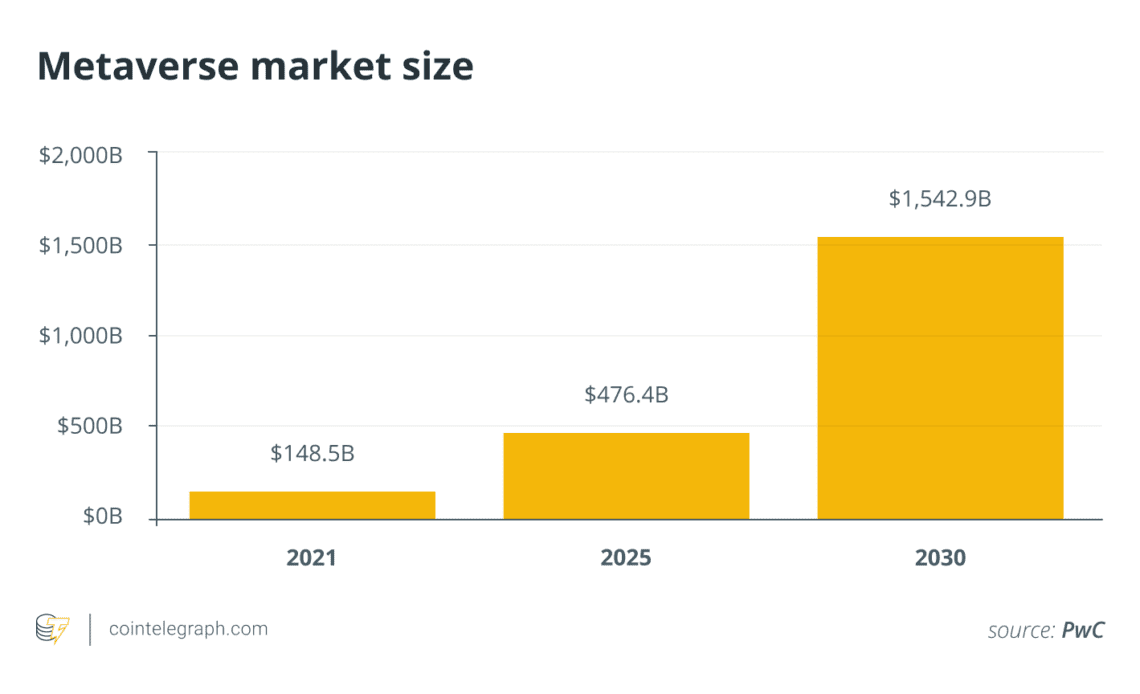In his monthly crypto tech column, Israeli serial entrepreneur Ariel Shapira covers emerging technologies within the crypto, decentralized finance (DeFi) and blockchain space, as well as their roles in shaping the economy of the 21st century.
The post-mortem consensus on the crypto market crash among industry leaders ranging from Polygon co-founder Mihailo Bjelic to billionaire crypto investor Mark Cuban is that bear markets are a healthy way of cleansing the market. The latter even referred to a line used by long-time crypto critic Warren Buffet to express his opinion of the matter.
“Only when the tide goes out do you discover who’s been swimming naked.”
Of course, no one in the industry would dispute the claim that bear markets weed out the weak, or, in this case, the nakedly corrupt. But we’d be mistaken to leave the analysis at that as if more than $700 billion being wiped out overnight is something we should continue to accept from crypto markets. It’s important to understand the major factors in this last bull run that led to its massive demise, and how to foster a more stable market going forward.
NFTs: Blessing or bygone?
We’re five years out from the first monumental crypto crash spurred by the infamous initial coin offering (ICO) boom of 2017. As an industry still in its infancy, most of the projects sprouting during this period and driving investment were random coins claiming to be the next Bitcoin (BTC). The industry has developed quite a bit since then, and this time, other applications of blockchain drove the hype.
So, what was the last bull run’s version of scammy ICOs? Several factors contributed to the latest market boom that propelled Bitcoin to almost $70,000 per coin. But perhaps the most similar at their core — and yet often more ridiculous — to the ICOs of yesteryear were nonfungible tokens (NFT), a market that reached a whopping $25 billion in 2021. The industry perhaps reached peak hype when the NFTs from the Bored Ape Yacht Club (BAYC) collection were selling for hundreds of thousands — and later millions — of dollars in Ether (ETH). Celebrities got involved, as well as industry icons such as Adidas, Coachella and even the Super Bowl.
Related: Beyond the hype: NFTs can lead the way in transforming business experiences
Then it all went south when everyone discovered more than 80% of the NFTs created for free on OpenSea were either frauds or scams. The cash-grab culture was put on full display in person at the…
Click Here to Read the Full Original Article at Cointelegraph.com News…
























